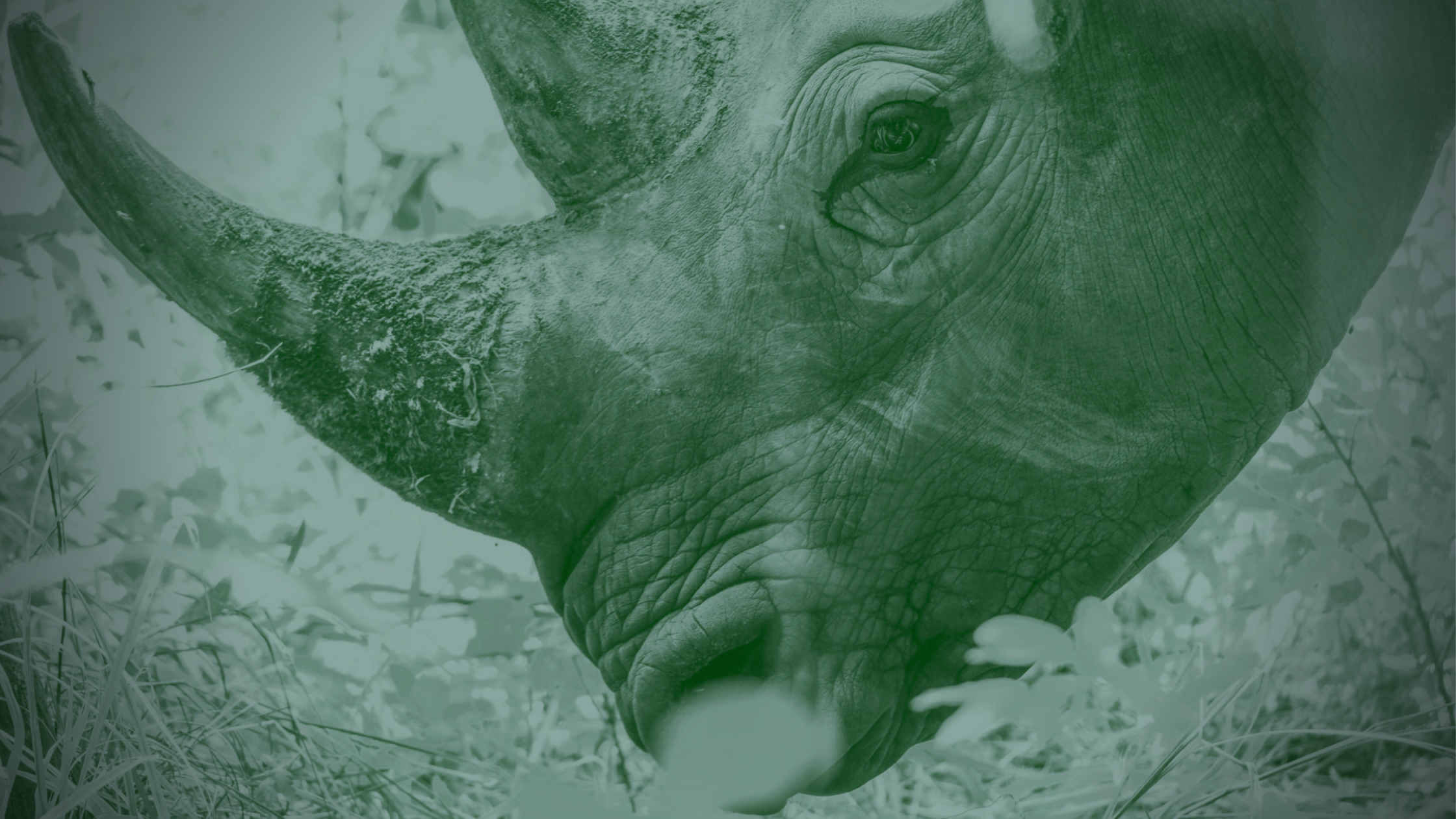Magnificent Bird of Paradise Cicinnurus magnificus
Extant (resident)
West Papua, Papua New Guinea
Discover the Magnificent Bird-of-Paradise Cicinnurus magnificus, a dazzling and theatrical bird living in New Guinea’s hills and forests. Males are known for their vibrant appearance and elaborate courtship dances. These birds are natural treasures, highlighting the sublime diversity found deep within rainforest ecosystems. Although they are listed as “Least Concern” these birds have not been monitored for a long time and rapid destruction of their rainforest home for #palmoil and #timber is a looming threat to their survival. Help them and fight back against their extinction every time you shop #Boycottpalmoil #Boycott4Wildlife
The dazzling and theatrical Magnificent Bird-of-Paradise earn their name from male birds’ mating dances for females. Help them to survive #palmoil and #mining #deforestation in #WestPapua and #NewGuinea and #BoycottPalmOil #Boycott4Wildlife @palmoildetect https://wp.me/pcFhgU-5Xb
Hidden in the dark lush depths of #Papuan #forests, Magnificent #birds of paradise live up to their names with males’ elaborate dancing like skilled ballerinas. Don’t let the forests go silent, #Boycottpalmoil #BoycottGold #Boycott4Wildlife @palmoildetect https://wp.me/pcFhgU-5Xb
Although this animal was previously recorded on IUCN Red List as being ‘Least Concern’ 100,000’s of hectares of rainforest have since disappeared for palm oil – meaning that this classification will likely change. These birds are most likely going to be upgraded to ‘vulnerable’ or ‘endangered’ due to massive deforestation of their range and hunting pressures.
Appearance & Behaviour
A dazzling and vivid spectacle in the treetops
The Magnificent Bird-of-Paradise leads an intriguing life, predominantly solitary and active during the day. These birds skillfully navigate the forest canopy, on a constant quest for food. Their diet is a vibrant mix of ripe fruits, enhanced by an occasional feast of insects, arthropods, and other tiny creatures hidden in bark and lichens. Adding a dash of excitement to their routine, outside of breeding season, they often join eclectic foraging flocks. This avian gathering isn’t just limited to their own kind but extends to include a kaleidoscope of species, such as the dazzling sunbirds and other fruit-loving birds, creating a vivid spectacle in the treetops.
Male Characteristics
Males of the species Magnificent Bird-of-Paradise, with their average body length of 19 cm extending to 26 cm including tail, and weighing around 190 grams, are known for their vivid plumage. Their upper-parts display a rich blend of dark carmine, black, and white iridescence, while their lower backs and rumps are dark brownish-olive with a white sheen. Their tails features unique green-blue iridescent sickle-shaped rectrices. Their underside is dominated by a glossy dark green breast shield with turquoise to cobalt-blue tips. Their heads are adorned with olive-brown and reddish-brown feathers. Their striking appearance is completed with a pale grey-blue bill, dark brown eyes, and blue legs and feet.
Female Characteristics
Contrasting to the male, the female Magnificent Bird-of-Paradise, also 19 cm long but lighter at 128 grams, exhibits a more subdued colour palette. Her plumage is primarily olive-brown to reddish-brown on the upperparts and whitish buff with dark brown barring on the underparts. The female’s head is marked by a thin line of pale blue skin behind the eye, and her olive-brown chin blends into a whitish, flecked throat. Unlike the male, her tail is longer but lacks the distinctive sickle-shaped rectrices. The bill is duller and paler than the male’s, complementing her overall muted appearance.









Threats
The Magnificent Bird-of-Paradise faces significant threats that are suspected to be causing a decline in their population. The exact size of their population remains unknown, but their ecosystem in West Papua is rapidly declining due to deforestation:
- Habitat Loss: Large-scale deforestation for palm oil production and timber extraction across their range significantly reduces their natural habitat.
- Hunting: The species experiences high levels of hunting, adding to the pressure on their survival.
Help these animals by raising awareness of their plight and joining the #Boycottpalmoil #Boycott4Wildlife on social media and every time you shop in the supermarket.



Habitat
The Magnificent Bird-of-Paradise primarily resides in the forested mountain regions of New Guinea, often found in the upper canopy of rainforests. Interestingly, they are also known to venture into abandoned gardens in villages and smaller cities. Typically, these birds inhabit areas up to 1,780 metres in elevation, but they are most frequently observed at altitudes around 1,400 metres.
Diet
These birds like others in the Paradisaeidae family primarily feed on fruits. However, they also consume insects such as beetles and crickets.
Mating calls
The Magnificent Bird-of-Paradise communicates through a variety of calls, each serving a unique purpose. Males perform advertising songs that include a strident “ca cru cru cru,” a loud and clear “car” or “cre,” and a hoarse “caaat ca ca ca.” During courtship, they emit plaintive “churrs,” a single metallic “kyong,” and a sharp “kyerng,” along with a scolding series of “ksss-kss-ks-ks-ks-kss” sounds. Additionally, when disturbed, they produce low clucking notes. The courtship displays are further enriched with various calls, such as low, rhythmic, hard clicking or buzzing sounds. Notably, adult males can also create audible rattling or clacking sounds during flight.
Courtship dancing and display
The male Magnificent Bird-of-Paradise engages in a unique and elaborate courtship display. Perched on a sapling, he meticulously maintains his court, ensuring it remains clear of debris. When a female arrives, he performs an intricate dance, leaning backwards to a near-perpendicular position against the sapling, raising his yellow mantle cape, and showcasing his iridescent breast shield and sickle-shaped tail. This display, though seemingly comical, attracts the attention of multiple females. However, competition is fierce; if a male is close to mating, other females may intervene, disrupting the process and delaying further displays. Males prepare and fiercely defend their courts, removing leaves and debris for better visibility and to enhance their displays. These courts, often on steep slopes beneath canopy gaps, become the stage for their intricate dance involving four phases: the Back Display, Breast Display, Cape Display, and Dancing Display, each highlighting different aspects of the male’s plumage.
Breeding and parenting behaviours
In contrast to the males’ flamboyant displays, female Magnificent Birds-of-Paradise take on all parental responsibilities. They build nests in the canopy, usually in Pandanus crowns or dense foliage, using mosses, leaves, and sometimes mammal fur. The breeding season peaks between July and February, but displays may occur year-round. Females lay one or two creamy-white eggs, incubating them for about 18-19 days. Chicks fledge around 30 days after hatching, with young males sometimes lingering longer. Females reach sexual maturity at about one year, while males, requiring full adult plumage, mature between three and six years. Despite threats like habitat loss and hunting for their tail feathers, the Magnificent Bird-of-Paradise is currently classified as Least Concern, though its population is suspected to be declining.
Support the Magnificent Bird of Paradise by going vegan and boycotting palm oil in the supermarket, it’s the #Boycottpalmoil #Boycott4Wildlife
Support the conservation of this species
This animal has no protections in place. Read about other forgotten species here. Create art to support this forgotten animal or raise awareness about them by sharing this post and using the #Boycottpalmoil #Boycott4Wildlife hashtags on social media. Also you can boycott palm oil in the supermarket.
Further Information
BirdLife International. 2018. Cicinnurus magnificus. The IUCN Red List of Threatened Species 2018: e.T22706199A130411682. https://dx.doi.org/10.2305/IUCN.UK.2018-2.RLTS.T22706199A130411682.en. Accessed on 23 February 2023.
Magnificent bird-of-paradise Wikipedia article: https://en.wikipedia.org/wiki/Magnificent_bird-of-paradise
Magnificent bird-of-paradise Animalia.bio: https://animalia.bio/magnificent-bird-of-paradise


How can I help the #Boycott4Wildlife?
Contribute in five ways
1. Join the #Boycott4Wildlife on social media and subscribe to stay in the loop: Share posts from this website to your own network on Twitter, Mastadon, Instagram, Facebook and Youtube using the hashtags #Boycottpalmoil #Boycott4Wildlife.
2. Contribute stories: Academics, conservationists, scientists, indigenous rights advocates and animal rights advocates working to expose the corruption of the palm oil industry or to save animals can contribute stories to the website.
3. Supermarket sleuthing: Next time you’re in the supermarket, take photos of products containing palm oil. Share these to social media along with the hashtags to call out the greenwashing and ecocide of the brands who use palm oil. You can also take photos of palm oil free products and congratulate brands when they go palm oil free.
4. Take to the streets: Get in touch with Palm Oil Detectives to find out more.
5. Donate: Make a one-off or monthly donation to Palm Oil Detectives as a way of saying thank you and to help pay for ongoing running costs of the website and social media campaigns. Donate here








One thought on “Magnificent Bird of Paradise Cicinnurus magnificus”